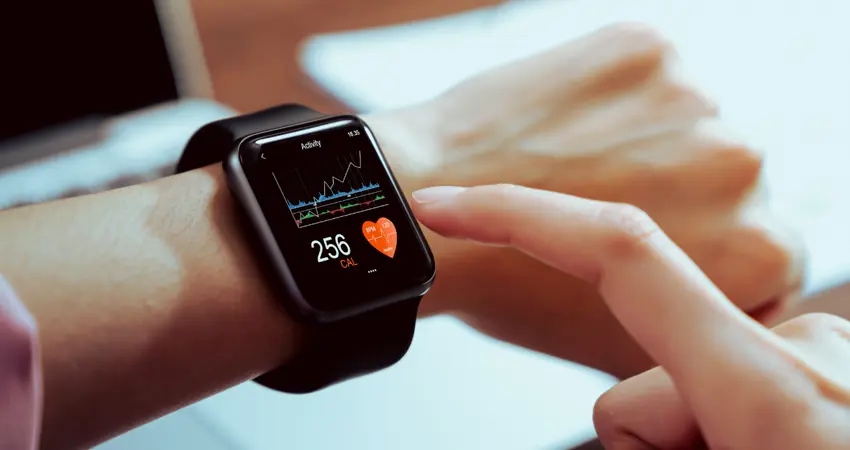25 Jul 2025
Study shows patients in mental health crisis are open to wearable monitoring
Findings challenge perceptions of disengagement and highlight patient willingness to shape health tech solutions

A new study has challenged long-standing assumptions about the acceptance of wearable health monitoring among individuals with severe mental illness. The study involved participation of patients from the Oxford Health NHS Foundation Trust. Researchers found that 65% of patients experiencing acute psychiatric episodes would agree to wear visible sensor devices, and nearly 70% would accept devices concealed in clothing. The findings, drawn from 83 hospitalised patients most of whom were detained under the Mental Health Act suggest a readiness to engage with technology, even during times of crisis.
“This preliminary evidence is vital,” said Professor Jeroen Bergmann from the Department of Engineering Science and theme lead of the NIHR HealthTech Research Centre Community Healthcare. “It challenges the narrative that people with severe mental illness can’t or won’t engage with technology. In fact, many are open to innovation so long as it respects their preferences and needs.”
The research highlights striking practical insights. Patients preferred devices designed to resemble everyday items such as watches or wristbands, and over half supported continuous 24-hour monitoring. Compared to previous studies involving people with chronic physical conditions, these patients showed greater acceptance of visible devices but more caution regarding data sharing.
With mental health patients facing a life expectancy gap of up to 20 years mostly due to preventable physical conditions real-time monitoring offers a potential leap forward in care. This work lays the foundation for inclusive sensor design and underscores the importance of patient-centred innovation in mental healthcare.
The team of researchers involved Alvaro Barrera, Ana Ghenciulescu, Niamh Owens, Ariana Cortez, Riccardo De Giorgi, and Phil Cowen.
Read the full paper here: https://link.springer.com/article/10.1007/s10439-025-03769-0




